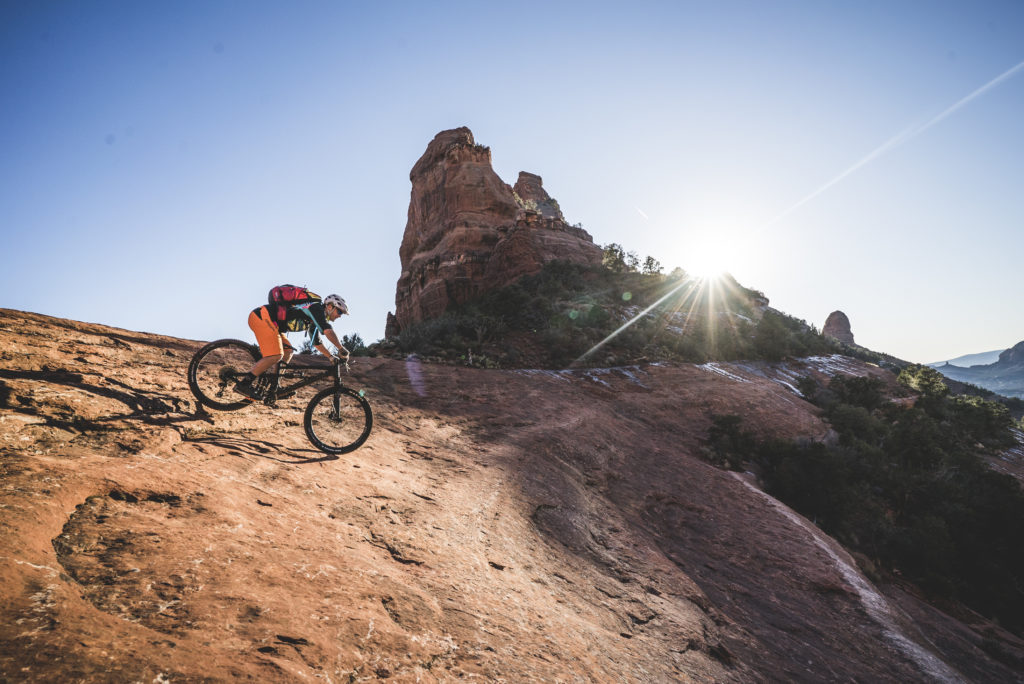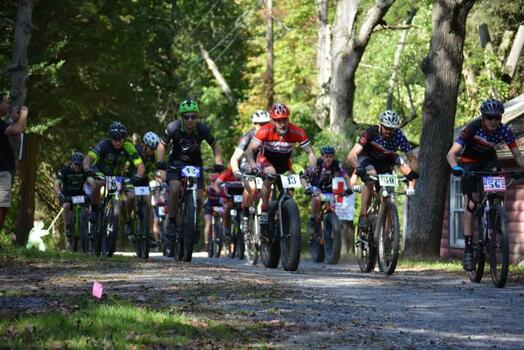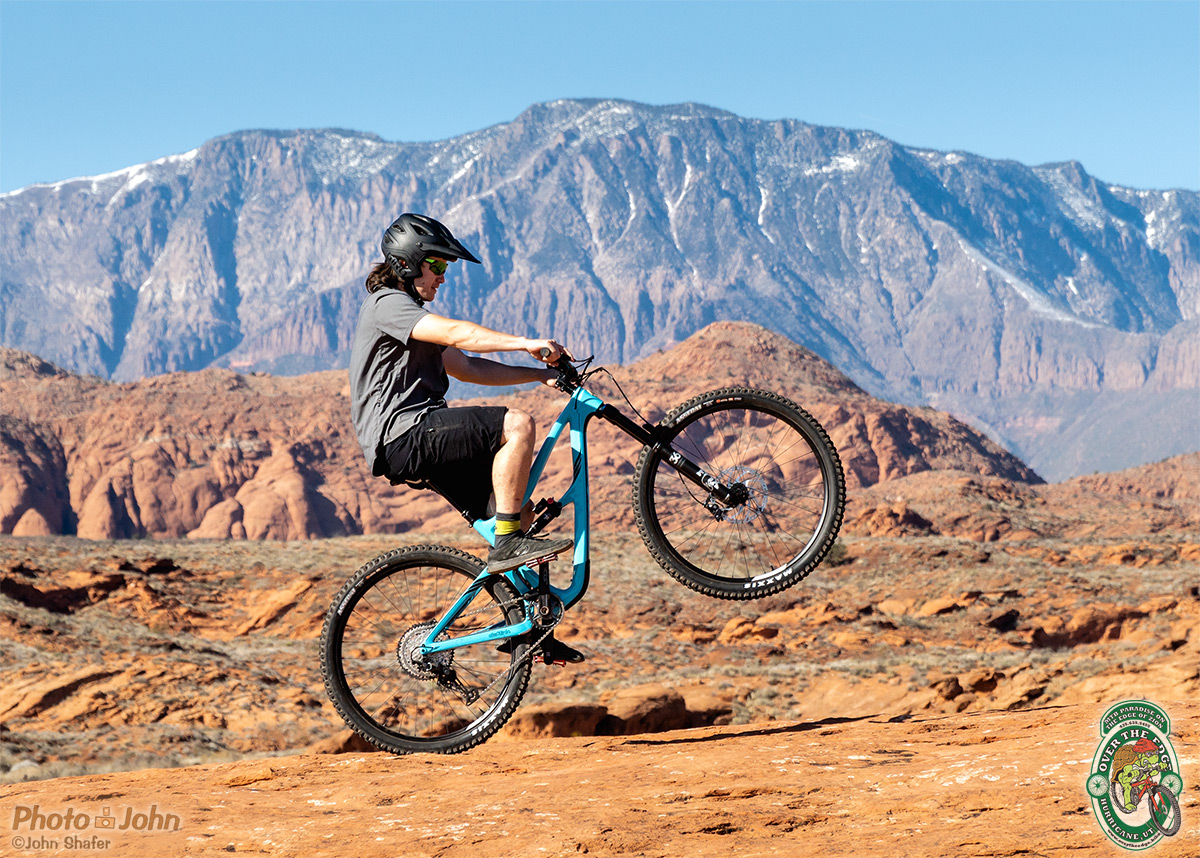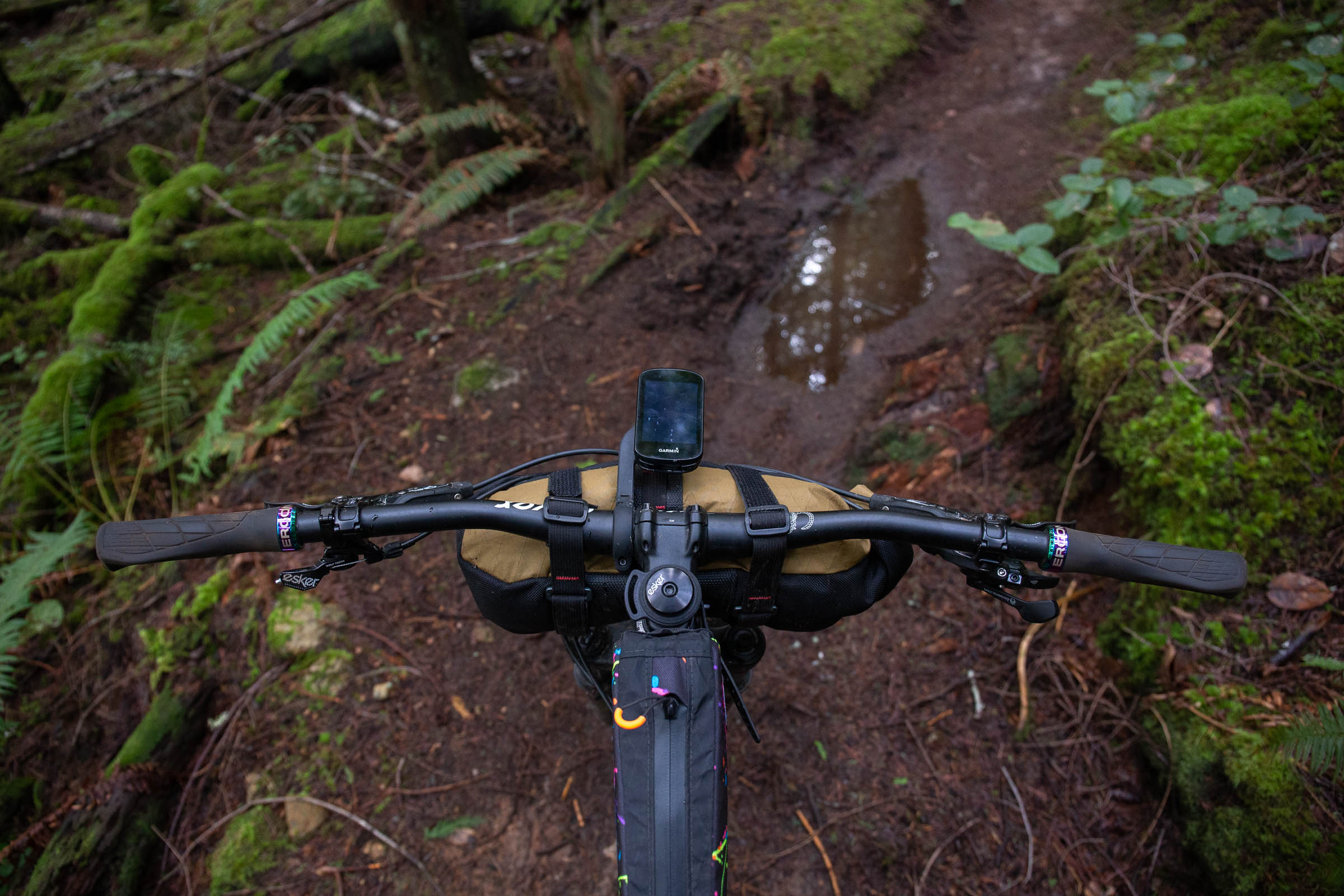

The Ora are on the larger end of the spectrum but have a wide, unobstructed field of view without any distracting corners or blind spots. Especially when using the Light Brown "Clarity" lenses it was always hard to come back to plain old dull reality when taking my goggles off after an epic downhill.

With some other goggles, I would notice things would lose sharpness and details could look somewhat muddy and distorted. Putting these on compared to other brands it was immediately clear that the lenses offered a much crisper and defined view of the world. One of the highlights of these goggles is the high-quality Zeiss lenses. Of course, you can get these babies in POC's standard "Uranium Black" color, but I think the "Lead Blue" looks quite sharp!

POC also offers the Ora in a "DH" version that has the plastic posts for mounting roll-offs or tear-offs. POC claims a flexible frame help keeps the goggle locked in place and lenses can be changed fairly easily, but it takes a bit of muscling to get things removed and reinstalled. Ventilation is improved by eliminating foam in the vents to allow for maximum airflow. The Ora goggles from POC are a modern MTB specific goggle designed specifically for Enduro racing when eye protection and clear visibility are key. But if you have an occasional race or two, it may be handy to keep a few sets around just in case things take a turn for the soggy out on the course. If you're just a regular Joe out on a regular ride, probably not necessary. If it’s super muddy I can probably get five runs from a cartridge depending on if I’m able to clean the rest of the goggles decently between runs."Ĭost is usually $10-15 for a pack of 12-14 tear-offs, and around $20-30 for a single roll-off cartridge, depending on the manufacturer. I also feel like the roll-offs keep the water out from between the film and the lens better when it’s really raining. If conditions are super sloppy, I’d use roll-offs." Aaron Gwin, on the other hand, prefers roll-offs: "To me, it’s just easier to pull the roll-off knob when you’re riding wide open as opposed to a thin tear-off. Typically this is only used for racing.īut which one to use? Greg Minnaar typically uses tear-offs: "I’ll use 2 to 3 tear-offs for a run. They are made to mount either tear-offs or a roll-off cartridge for use in wet or muddy conditions when clear vision is critical. Blast shields down!Ī lot of people may be wondering what those little tabs on all these mountain bike goggles are for.

Read on for details on some of the best goggle options out there right now. Goggles helped to keep my eyes and face more protected, which allowed me to better focus on changing trail features and conditions. This spring, however, I found they also worked quite well during wild and windy rides where lots of blowing moisture and dust can often get around the edges of riding glasses. I typically only wear goggles in the late summer when you inevitably end up riding through a murky dust storm churned up by other riders due to the fine talcum powder coating my local trails. Other aspects to consider for that "just right" goggle for you are lens optics, anti-fog coatings, ventilation, and how easy it is to change lenses. Other than being chased down the trail by a rabid dog, there's nothing worse than riding down the trail while your nose is pinched off and you have a splitting headache from a poor fitting goggle. For choosing a goggle, it's best to head to your local shop so you can make sure it fits with your face shape and helmet shape. For me, the most important aspect of a goggle is the size and shape and how it fits with my face and helmet. This spring while Nikki has been testing MTB specific riding glasses, I have been testing ten different MTB specific riding goggles. In the glasses camp, people claim better ventilation and more freedom, while wearers of goggles boast of better protection and more comfort in colder conditions. Another of the age-old MTB debates is whether to use riding glasses or goggles.


 0 kommentar(er)
0 kommentar(er)
